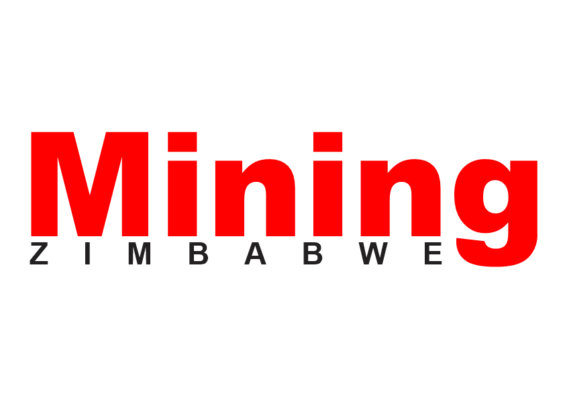Local mine workers received a reprieve last week as the High Court nullified the National Employment Council (NEC) Mining Industry Constitution in a landmark ruling that stated the council’s agreement on salaries and wages was null and void.
By Ryan Chigoche
The news was received across the mining sector with much jubilation as it allows workers to bargain for higher salaries. However, it is a battle won, with the war far from being over.
Representatives of the mining workers argued that there were no consultations with other sector trade unions, which were excluded from the decision-making process dominated by the Associated Mine Workers Union of Zimbabwe (amwuz). The latter has long been accused of sidelining submissions from other trade unions, as they have always aligned with the NEC.
The collective bargaining agreement for the compensation rates for the year 2024 was reached on June 18 of this year, and the now-void constitution was signed on February 26. According to the now-nullified compensation rate document, the highest-paying grade in the mining business would get US$535, while the lowest salary to be paid in US dollars would be US$230.
The mining industry NEC published the proposed structure in March of this year, which impacted employees in grades 1 through 13. The Zimbabwean Chamber of Mines and the Associated Mine Workers Union of Zimbabwe agreed with the NEC’s suggested structure.
The increment as per the NEC circular was just a mere US$14 for the period that extends from January 1 to December 31, 2024, despite the sector wages having been last reviewed in March 2023.
The salary increment fell short of the Poverty Datum Line, which currently stands at US$575 as the cost of goods and services has been on the rise in Zimbabwe, despite the introduction of a new currency—a trend that accelerated at the beginning of 2024.
Mine workers, who argue that their interests were not represented in the talks, are holding out for a minimum wage of US$600, all payable in US dollars, calling on individual companies to pay their workers realistic wages.
Following this latest ruling, it remains to be seen whether the NEC will be forced to go back to the negotiation table and offer more realistic wages in line with the expectations of the mine workers, resulting in a win of the war for the former.
Low wages in Zimbabwe’s mining sector have been a persistent issue, despite the massive wealth the industry generates.
When global prices for key minerals like gold, platinum, and diamonds decline, mining companies often cut costs, including workers’ wages, to maintain profitability. However, when the prices firm, wages are not immediately reviewed. This cost-cutting persists even though the sector produces significant wealth, leading to a stark disparity between the industry’s earnings and the compensation received by its workforce. Consequently, miners, who play a crucial role in extracting valuable resources, frequently face financial hardships, highlighting a broader issue of inequitable wealth distribution within the sector.
The mining sector accounts for about 15% of the country’s gross domestic product (GDP) and 80% of national exports. Gold dominates as Zimbabwe’s single biggest export, accounting for 24%, followed by mineral mattes, an intermediate product (including the large exports of platinum group metals), accounting for 18.3% of the total value of goods exported.
.png)




